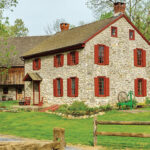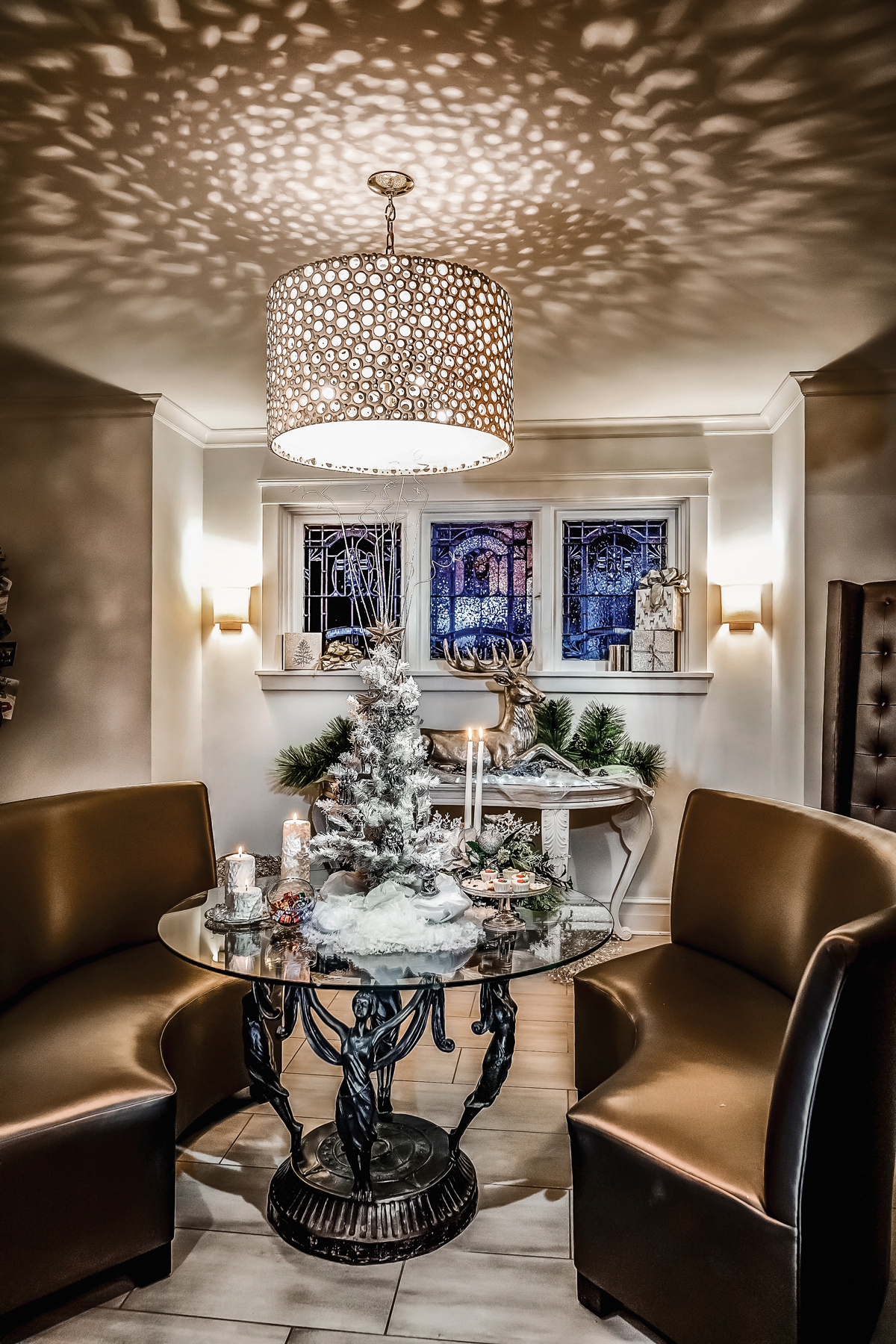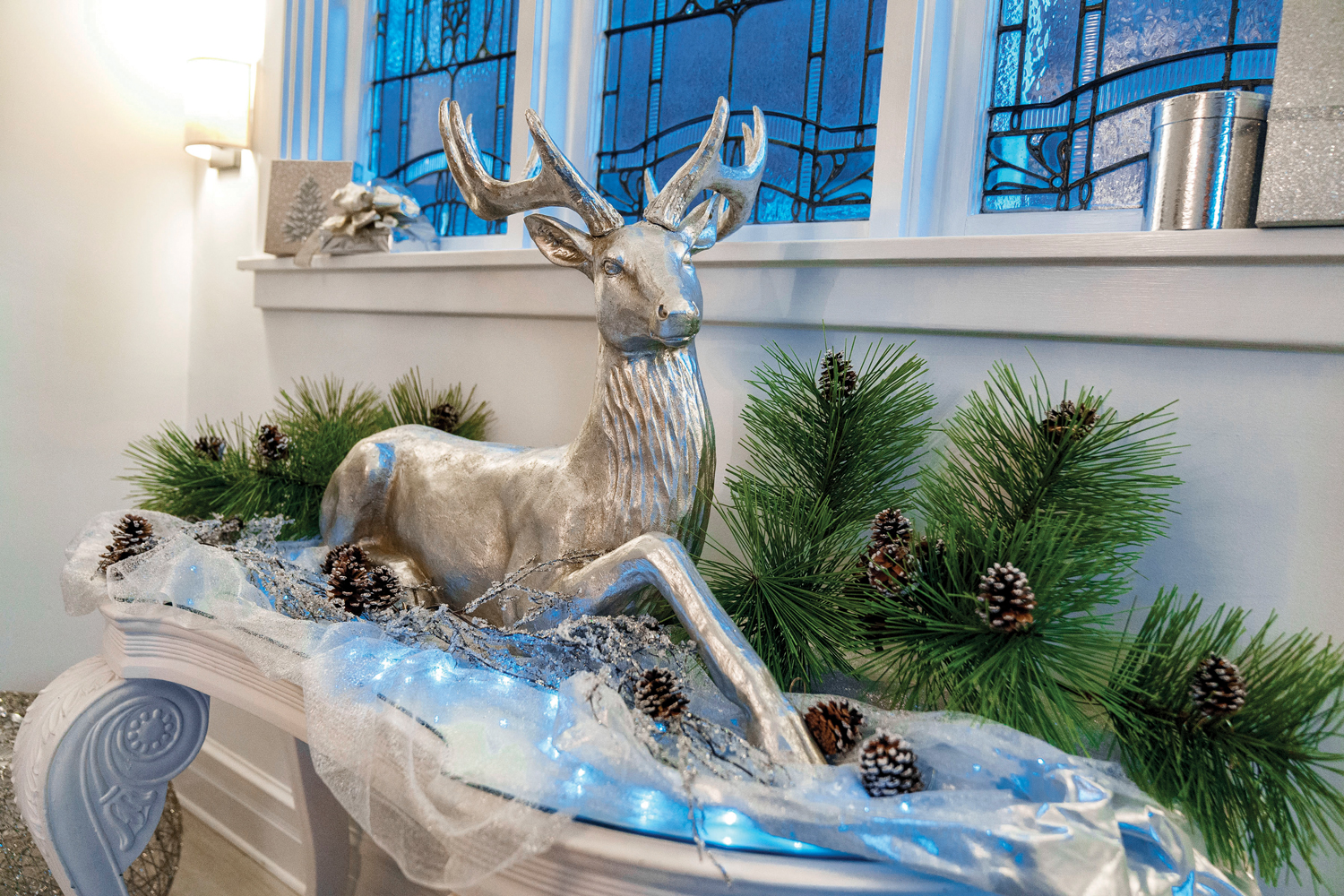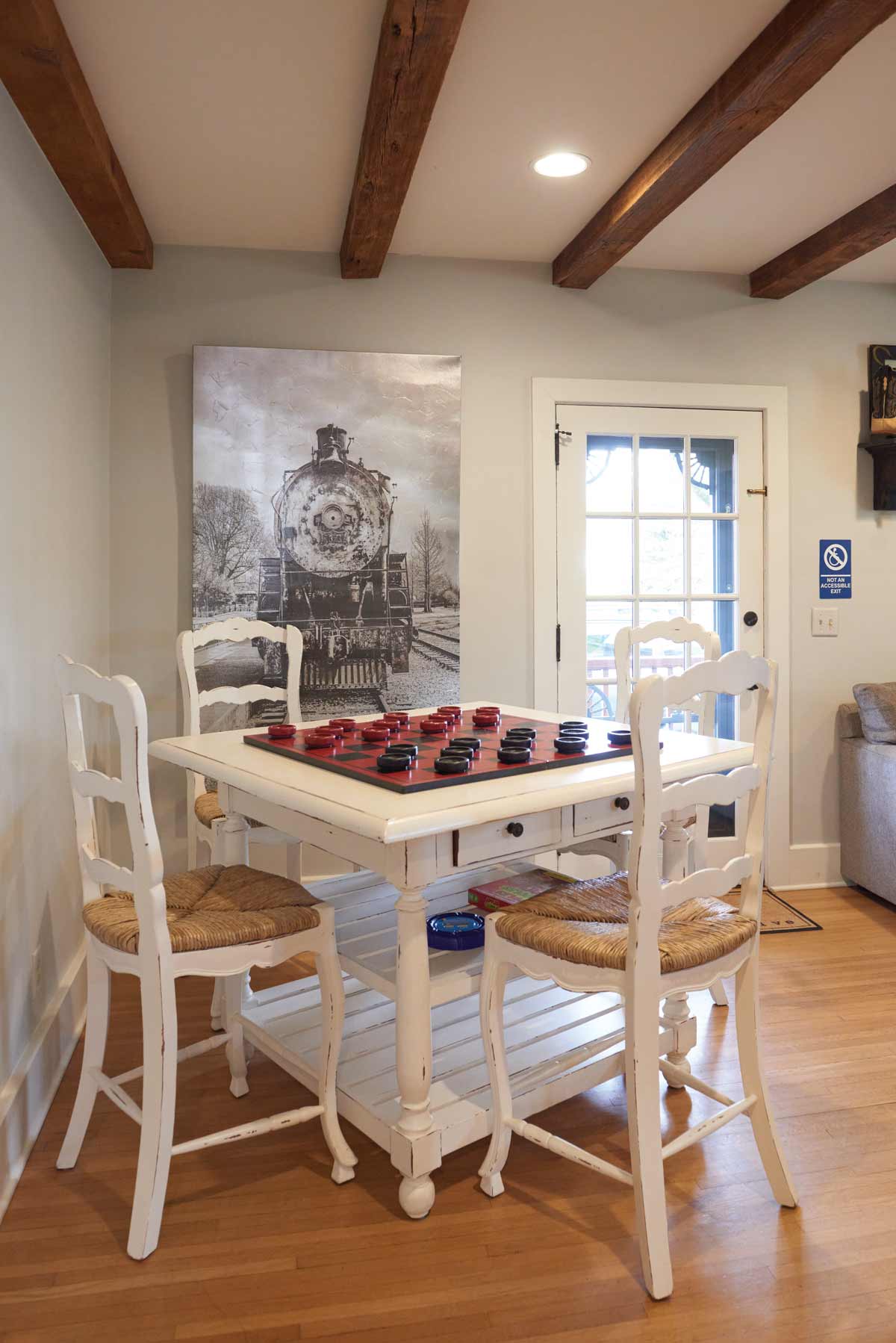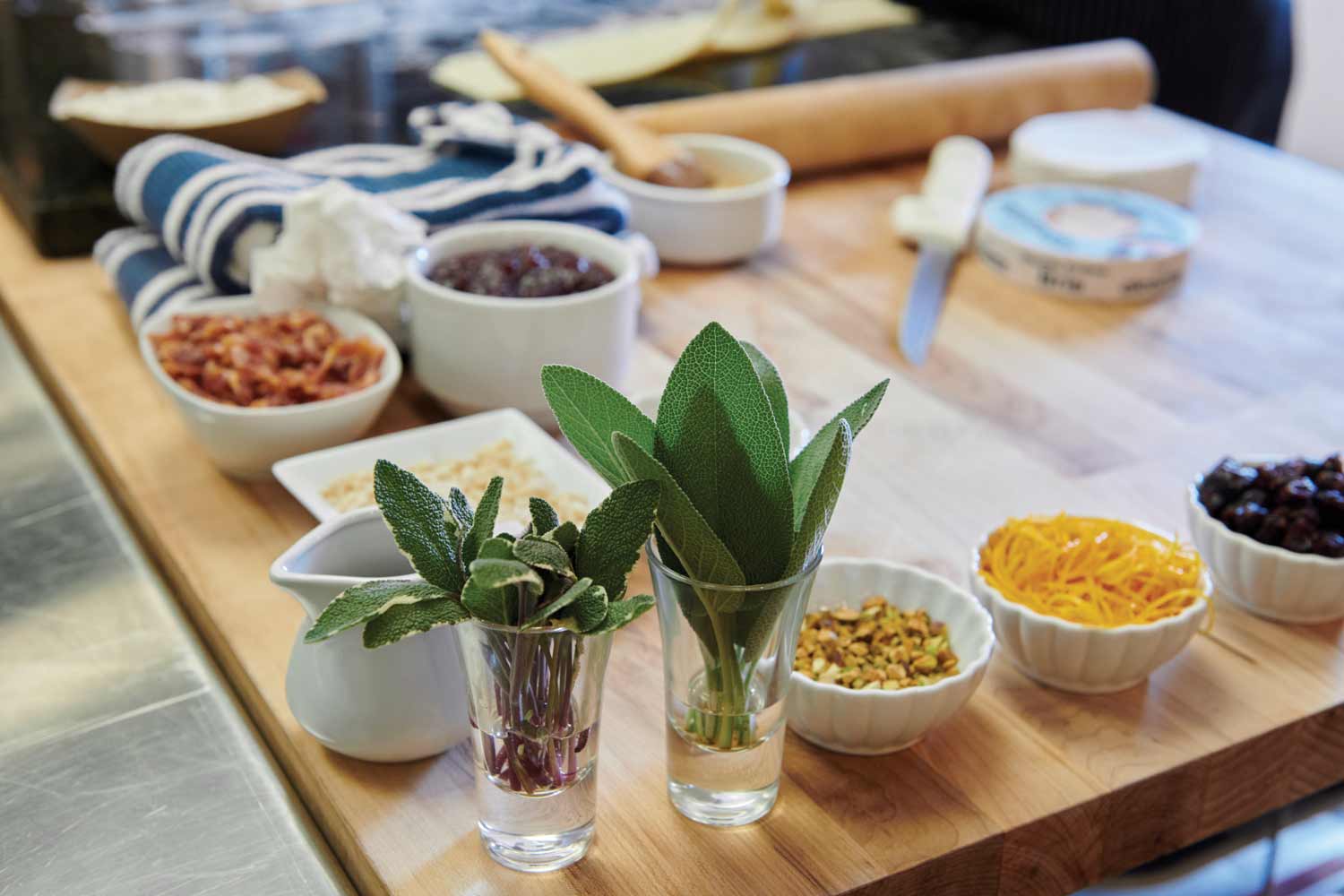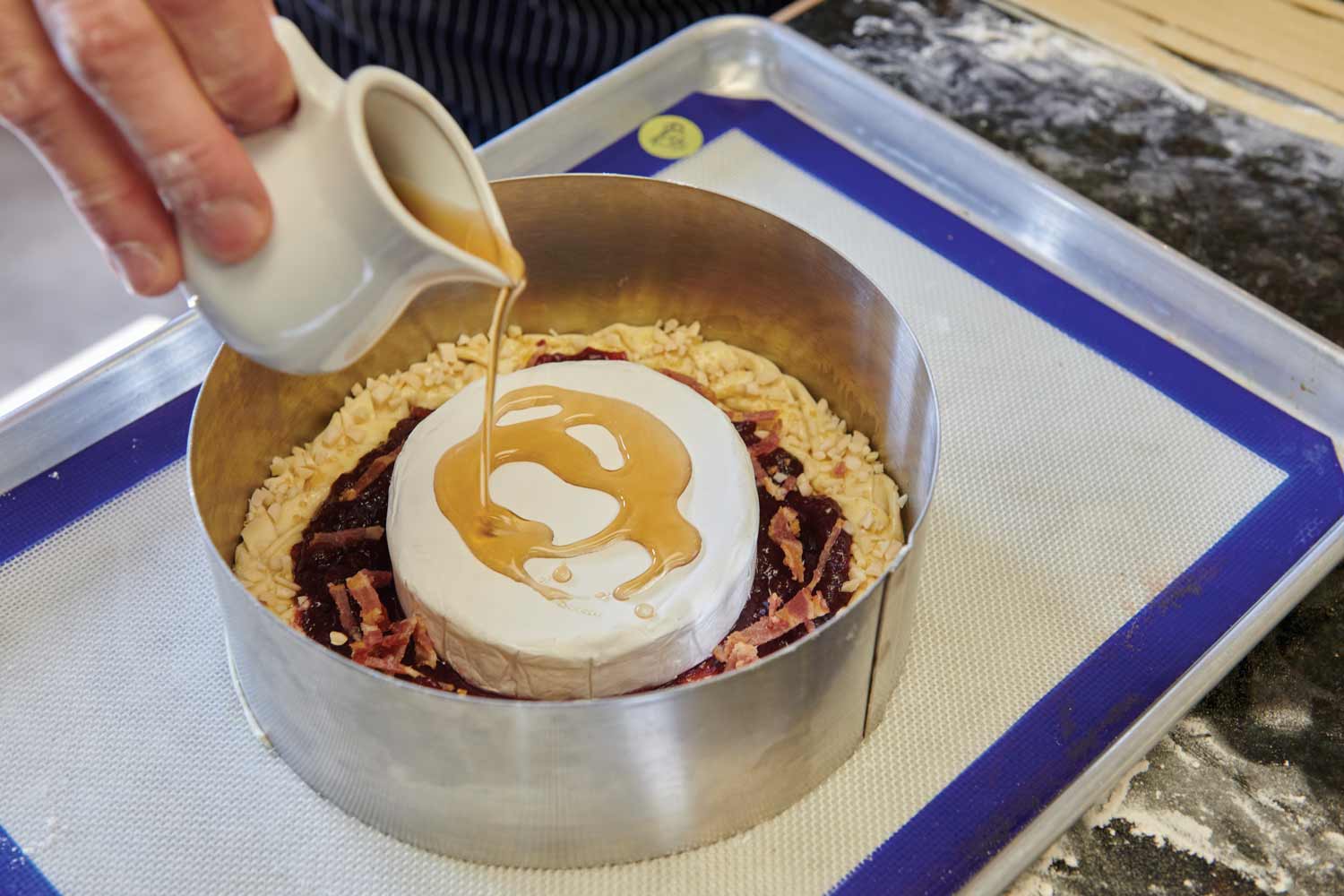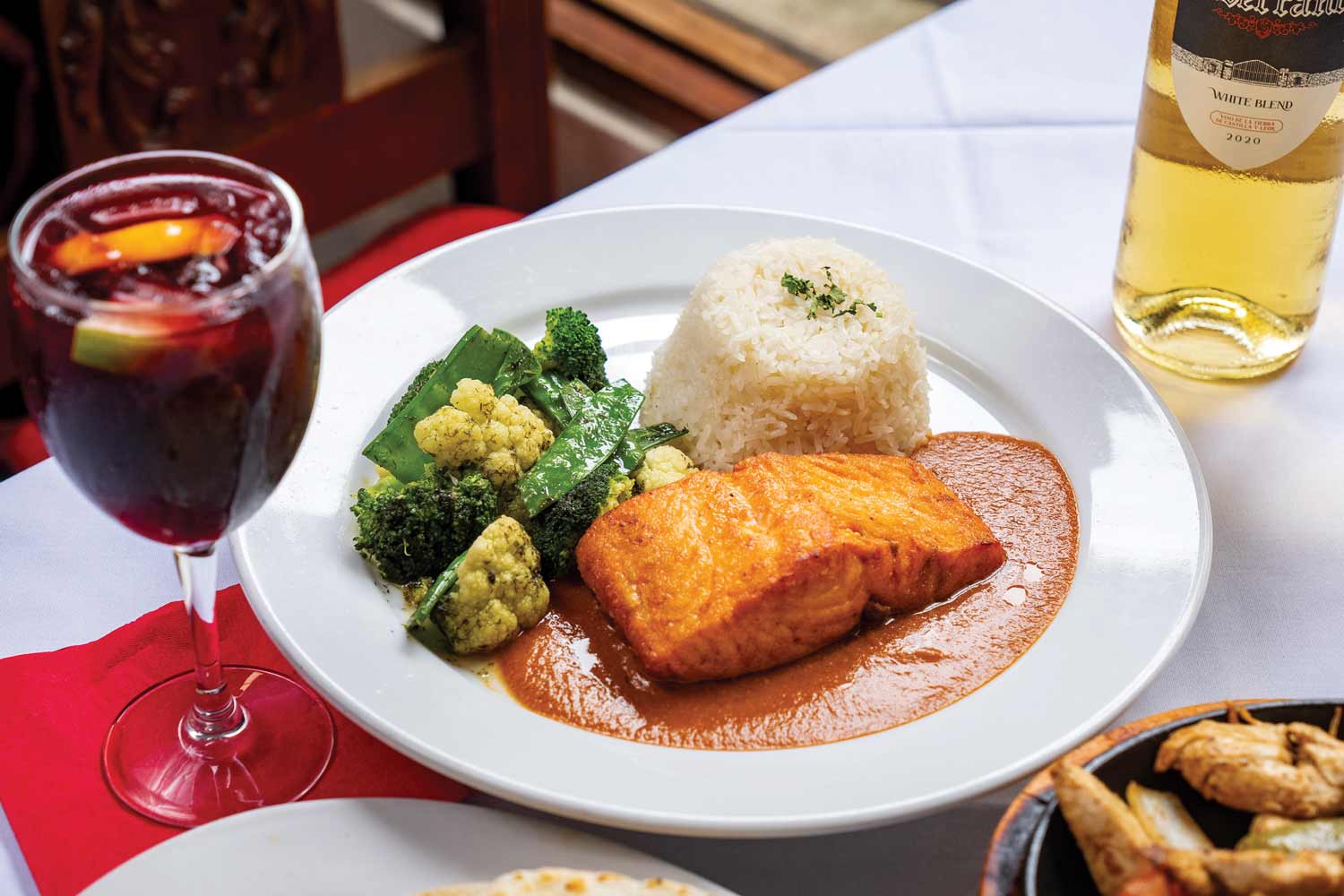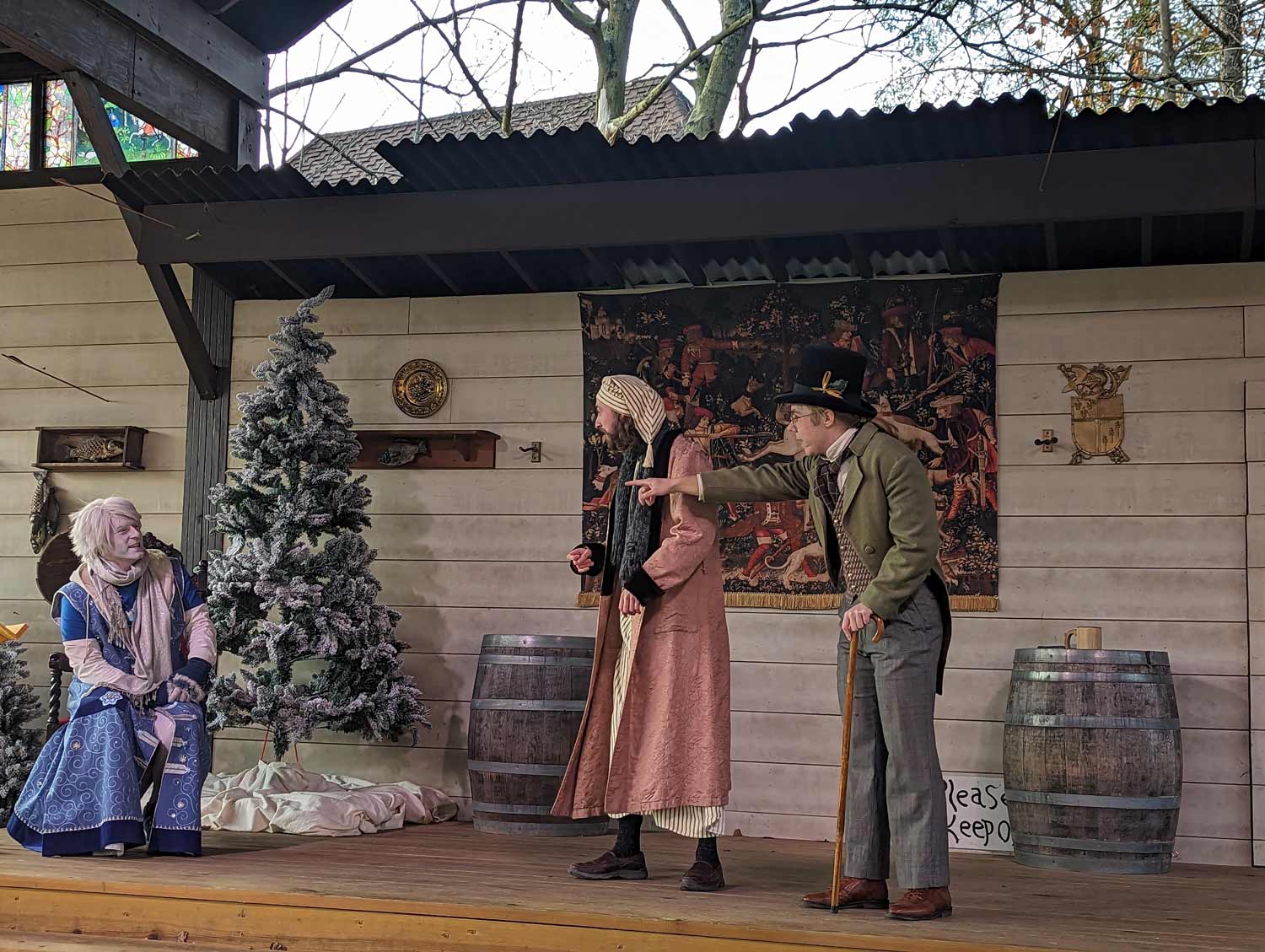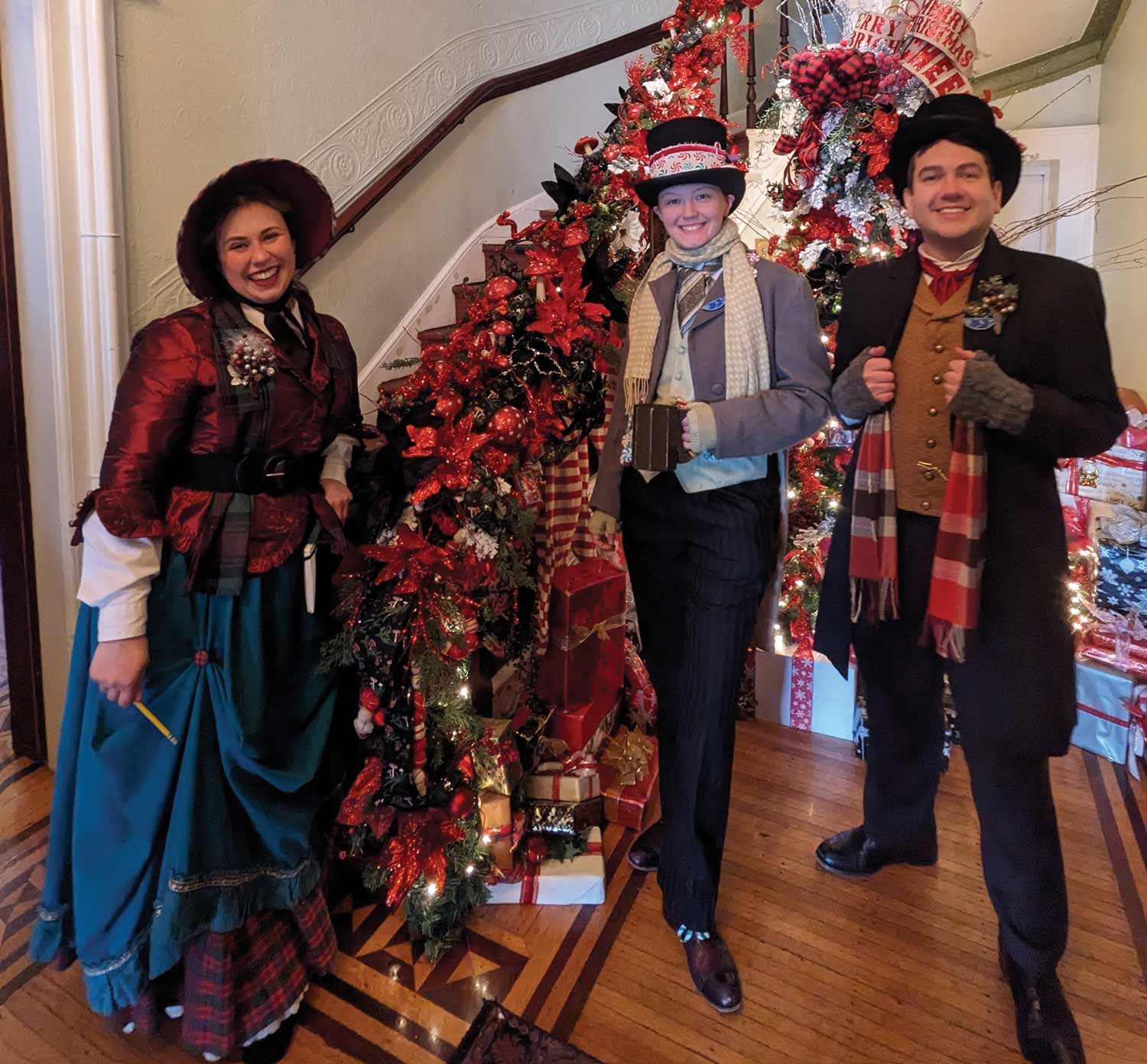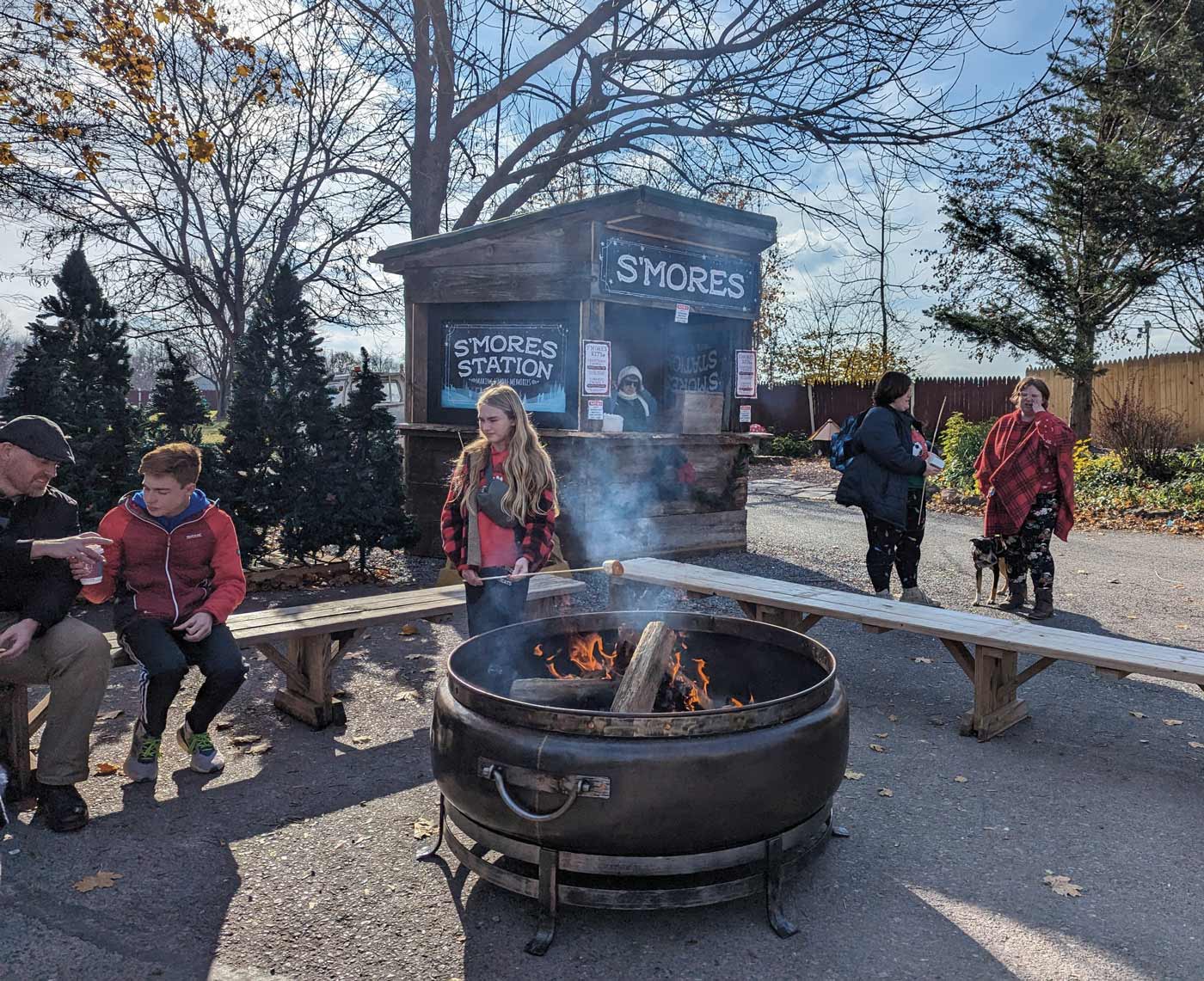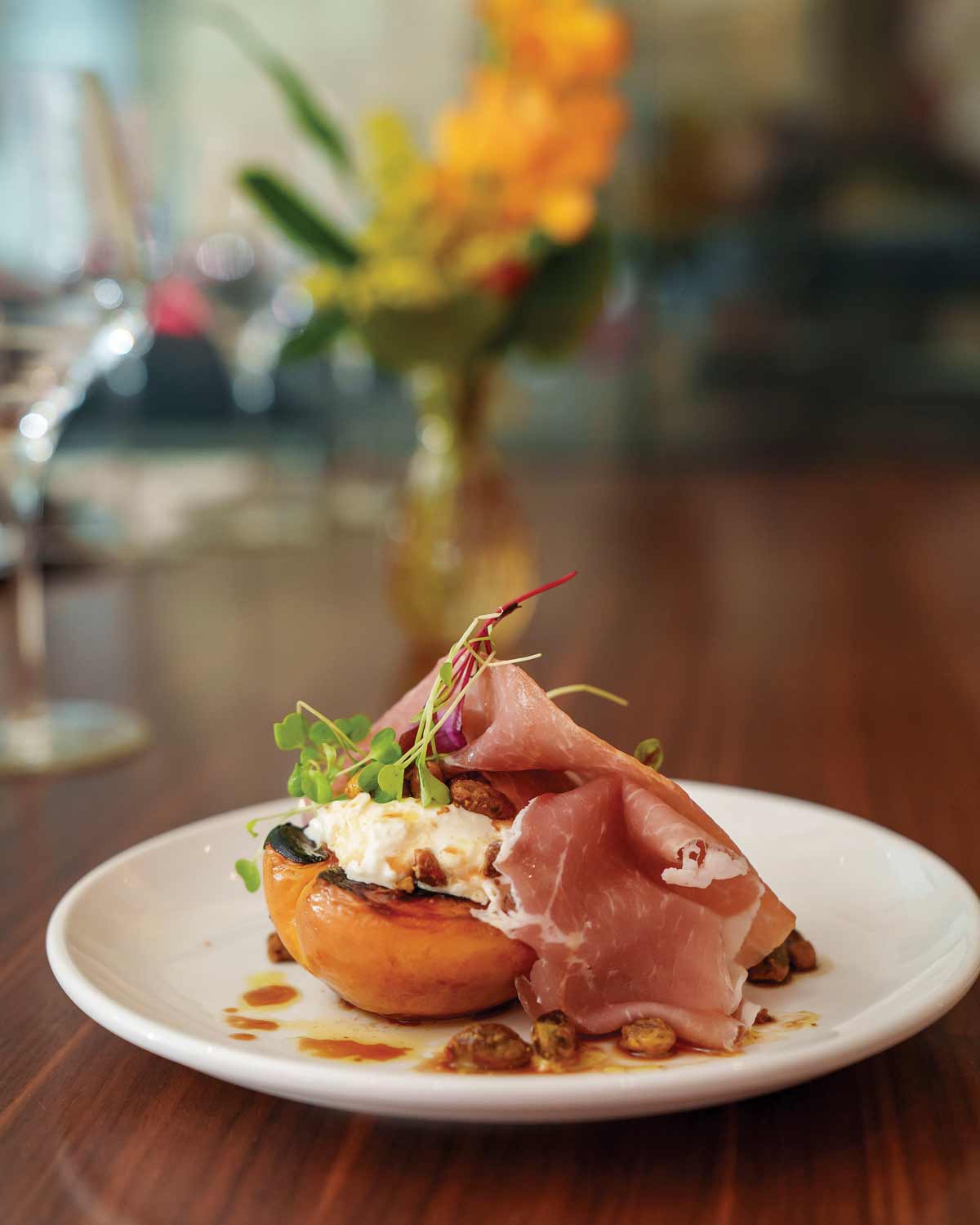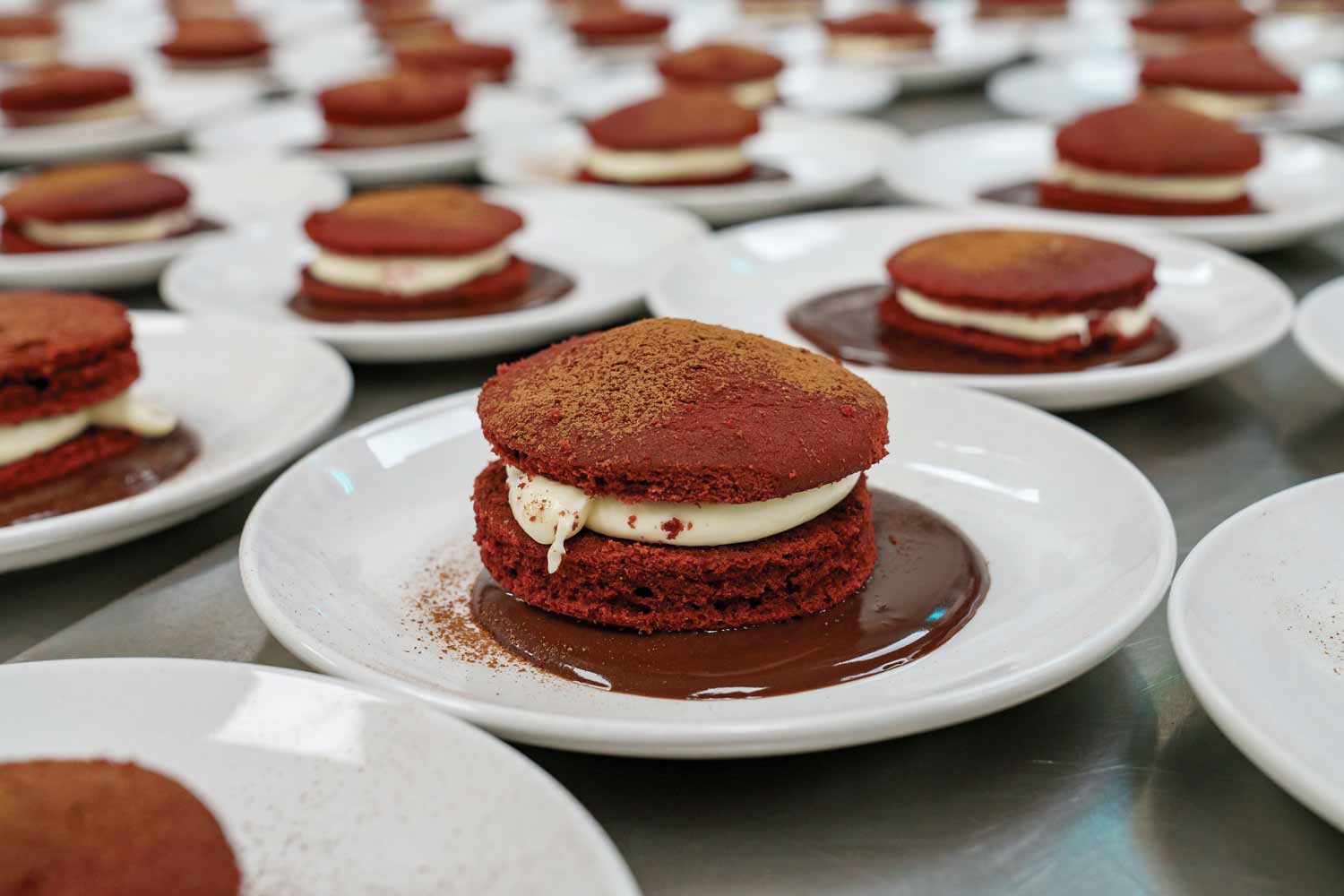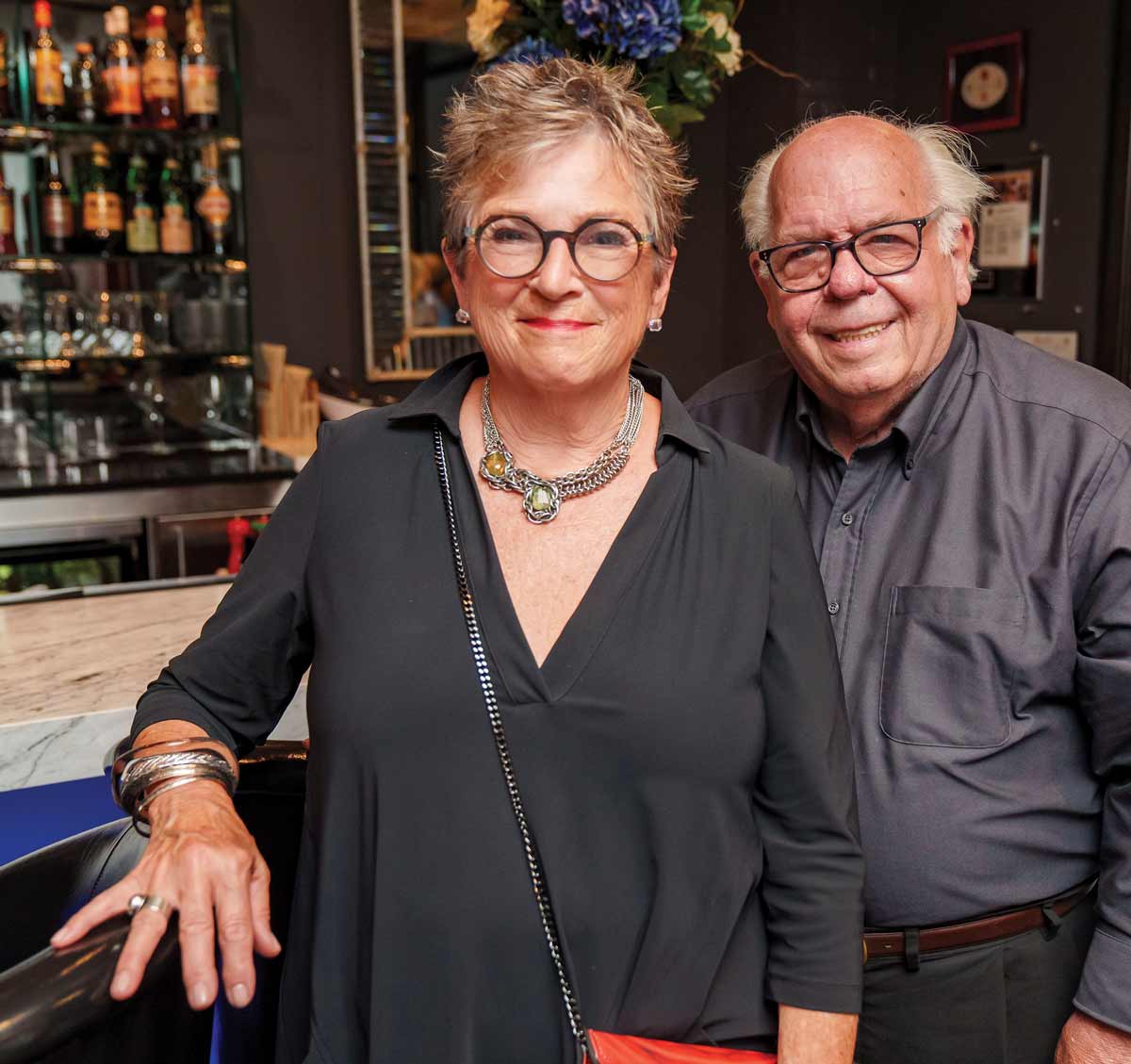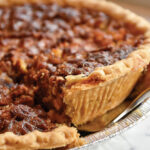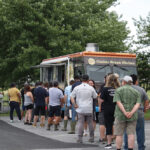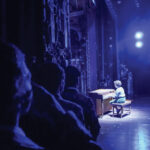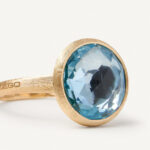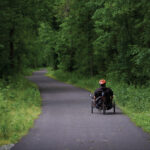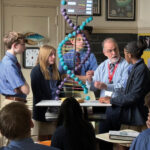What a difference three years made in Casey Kaufhold’s Olympic experiences In Tokyo and Paris. Success (a bronze medal) and the energy and atmosphere of Paris have prompted her to set her sights on the Games in Los Angeles (2028) and Brisbane, Australia (2032). As for 2036, who knows? “After all, I’ll only be 32, which is peak age for an archer,” she says.

Using her favorite recurve bow, Casey Kaufhold takes aim at the Best of Lancaster logo. She was photographed in the shooting center at Lancaster Archery Supply, which her father, Rob Kaufhold, founded in 1983. During Olympic competition, archers were required to aim at targets that were positioned 70 meters away from the start line.
“Do you want to see it?” Casey asked. “Of course I do,” I responded. Out of a bag emerged Casey’s bronze Olympic medal she won in the mixed-team archery competition with Brady Ellison as her partner. Made of copper, it’s surprisingly heavy. And, it‘s absolutely beautiful. “It’s kind of emotional to hold it,” I commented. “I know,” she said. “It’s probably why I cried throughout the medal ceremony. It was very emotional and almost overwhelming. All I could think about is that here I am, part of an exclusive group at the age of 20. Brady and I had both been striving for this moment for a long time. It’s always been a dream to win an Olympic medal. For us, that bronze medal felt like gold. We felt like winners,” she says of the moment they realized the bronze was theirs and reacted with unbridled joy. “People were kind of surprised by my reaction.”
Designing an Olympic Medal
It turns out that a lot of thought and discussion was devoted to designing the medal for the 2024 Paris Olympics and Paralympics. The process began with the formation of the Paris Athletes Commission, which was charged with brainstorming ideas that would result in a design that would merge Parisian aesthetics (from a fashion perspective) with France’s proud history. The resulting idea was to incorporate the iconic symbol of both Paris and France, the Eiffel Tower, into the design of the most coveted souvenir of the Games: An Olympic medal.

Casey’s bronze medal is surprisingly heavy and is absolutely beautiful. The centerpiece of the medal was fabricated from iron that was salvaged from the Eiffel Tower during renovation projects carried out since it was originally built in 1887. The ring Casey wears is from the 2021 Olympic Games in Tokyo. The team received their Paris rings during a gathering that was held in Washington, D.C. in early October.
Executing the actual design was assigned to the jeweler Chaumet, which is part of LVMH, a conglomerate comprised of 75 companies that specialize in luxury goods and is based in Paris. (LV stands for Louis Vuitton, while MH represents Moët Hennessy; the two companies originally merged in 1987.)
According to the website of the Olympic Games, incorporating the Eiffel Tower into the medal was achieved in a “meaningful and memorable” way. Built over a two-year period beginning in 1887, the tower has been renovated on several occasions. With each update, the iron that was removed was saved. Because of the availability of the iron, the idea to incorporate actual pieces of the tower into the design of the medal was born, with the Eiffel Tower Operating Company agreeing to provide the needed material. As a result, the center of each medal contains a hexagon-shaped piece of raw iron that mimics the dimensions of France, and is engraved with the legend, Paris 2024, and images of the Olympic flame and the Olympic rings. The iron is held in place by appendages that resemble the rivets that were used to build the tower. The medal’s sparkle was created through incorporating lines that radiate from the iron centerpiece.
The back of the medal harkens to tradition, in that it pays homage to the Games’ Greek origins through depicting the goddess of victory, Nike. The design also features the Acropolis and the Eiffel Tower in the background.
The fashion element also comes into play in that a Louis Vuitton case accompanied each medal. “It’s my most prized possession,” Casey says.
From Tokyo to Paris
As a 17-year-old, Casey had the honor of competing in the Tokyo Olympics (2021) that had been postponed for a year due to Covid. With restrictions still in place, athletes gathered in Tokyo to compete in empty venues. The American archers were scheduled to share living quarters with the swimmers, “but they never showed up,” Casey says. “I don’t know if they were reassigned or found alternative space.”

When flying, Casey does her best to schedule direct flights, as she doesn’t want to take a chance of her gear not making the connecting flight.
Ah, but Paris was a totally different experience. Ten family members and friends made the trip, including her parents, Rob and Carole. “It was so nice to have that support,” she says, adding that she got to spend time with them nearly every day. This time around, the women’s archery team shared living quarters with the women’s tennis team. “That was so much fun,” Casey says. “It was exciting to help Coco Gauff get ready for the opening ceremony – she was one of the flag bearers [along with LeBron James].”
She also loved the opening ceremony that saw the athletes sail down the Seine aboard boats. “We were leery of the rain, but it actually added to the magic of the evening,” Casey notes. Because the United States contingent was among the last to depart, the Americans saw little of the entertainment. “We went back to the dorm and watched it on television,” she reports. However, she loved the camaraderie that developed aboard the boats. “At one point I happened to see Brady [Ellison] talking to Steph Curry like they were long-lost friends.”

Casey began competing on the local level at the age of 8. By 11, she was competing nationally and by 13, internationally.
As for the competition, qualifying rounds began two days before the opening ceremony. The outdoor venue, which featured Napoleon’s tomb as a backdrop, was beautiful. “Beach volleyball got the Eiffel Tower,” she notes. Casey qualified for the women’s event and ultimately finished in 17th place (admitting nerves got the best of her). The women’s team event saw the U.S. finish in ninth place. For the mixed-team event, Casey was paired with Brady Ellison and together they finished in third place. “It was the first time a mixed team from the U.S. won a medal, and it was the first time since 1988 that an American woman won a medal in archery, so I was proud that I was able to do that,” she comments.

Casey received so much gear and clothing from the USA Olympic Committee and companies such as Nike, that she had to buy an extra dresser to store it in.
After claiming their medals, Casey and Brady headed for U.S.A. House, where they were given a hero’s welcome and took part in the ritual whereby medal winners deliver speeches and then present medals to individuals they felt had been most influential in helping them achieve their goals. For Casey, that person was her coach, Heather Pfeil. Then she took part in a phenomenon known as Media Day, which ended with an appearance on NBC’s prime-time coverage that was anchored by Mike Tirico. “I was surprised by how long they kept me on,” Casey admits. “It was a much longer interview than I expected.”
A Family Affair
Casey’s father, Rob Kaufhold, has been involved in archery nearly all his life, from both a sport and hunting perspective. The two seem to piggyback off each other, Casey points out, noting that bow hunters often find themselves drawn into archery as a competitive sport and vice versa. Rob Kaufhold, who inherited his love for archery from his parents and grandparents, always dreamed of operating a business devoted to archery. Winning a national championship as a high school student led to a college scholarship that took him to James Madison University in Virginia, where he majored in business management. “He was an alternate for the 1980 Olympics,” Casey says of the Games the United Stated elected to forgo.
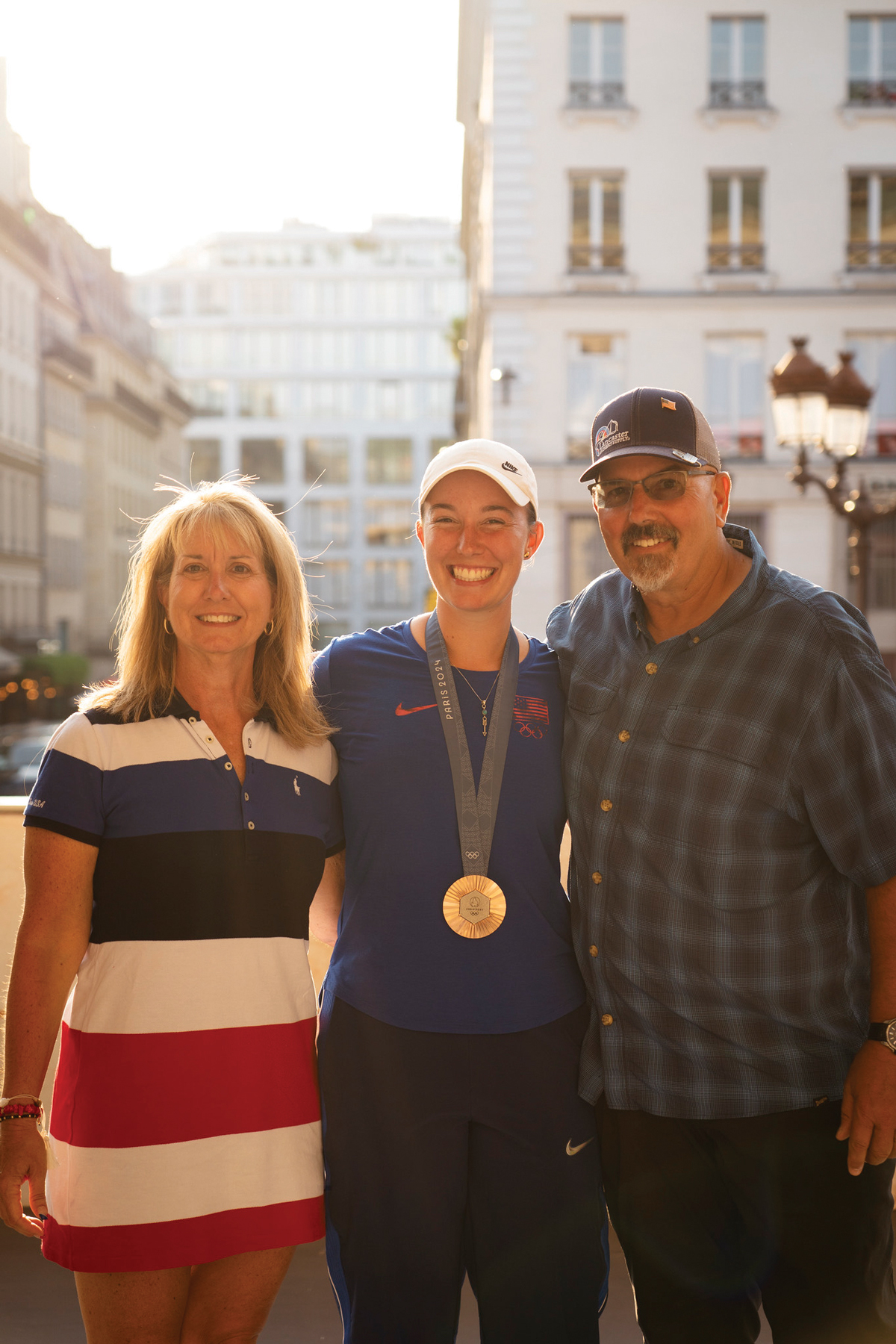
Casey with her parents, Carole and Rob Kaufhold, who traveled to Paris to watch her compete. Courtesy of Casey Kaufhold
Rob achieved his goal of opening an archery-related business in 1983, taking over a small portion of a block building in Smoketown. Casey’s mother, Carole, also came from an archery-loving family and utilized the services of Lancaster Archery Supply. “That’s how they met,” Casey says. (Carole has been the company’s CEO since 1994.)
Over the past 38 years, that 25×40 square-foot shop has grown into a 32,000 square-foot complex that is home to a pro shop, shooting center and an academy that was founded in 2013 and serves as an educational/training facility. The Kaufholds credit the area’s many bow hunters and archery enthusiasts for Lancaster Archery Supply becoming the largest business of its kind in the United States. Success also motivated the family to become distributors of archery products (including products they have developed). That portion of the business is based in an 80,000 square-foot warehouse.

Casey was cheered on by a contingent of family and friends during competition in Paris. Courtesy of Casey Kaufhold
Lancaster Archery Supply also hosts an annual tournament, the Lancaster Archery Classic, which will be held January 23-26 at Spooky Nook Sports. Since its inception 23 years ago, the tournament has grown to become the largest indoor tournament held on the East Coast.
DNA Driven
Of course, it only made sense that Casey and her brother, Connor, would be absorbed into the world of archery. Casey, who also loved gymnastics as a youngster, began competing in local archery events at the age of 8. Three years later, she was competing on the national level. By 13, she had progressed to international competition and attended the Youth World Championships in Argentina.
All the while she climbed in the standings, Casey was a student in the Conestoga Valley School District. “The district was very supportive,” she notes. “I was in-person during the fall, and online in the spring. The teachers were a huge help, plus I tried to work ahead.” Following graduation, Casey enrolled at Texas A&M (where Connor is now a student). The professors weren’t as supportive and when Casey was faced with choosing to qualify for the Tokyo Olympics or taking an exam, she had a decision to make. “There was no way I was missing qualifying for the Olympics, and I wasn’t taking an F for not taking the test,” she states. Instead, she dropped the class and ultimately elected to put college on hold. “I decided that maybe college wasn’t for me.”
Casey continues to compete (she attended Nationals in Texas shortly after returning from Paris). While many sports require rigorous training on an almost-daily basis, Casey reports that’s not the case with archery. However, she is vigilant about her diet and fitness level. “Core strength is really important, as is balance,” she notes. To stay in shape, she concentrates on eating a lot of protein and staying hydrated with water. In the gym, her routine focuses on the lower body one day and the upper body the next. Cardio helps to maintain her stamina, as competing entails standing for long hours. She has also adopted meditation as a way to steady her nerves.

Upon learning they had won the bronze medal, Brady and Casey reacted with unbridled joy. World Archery photo
Casey also tries to achieve a good work/life balance. “I love to sew,” she says and reports that she is in the process of making a wedding gown for a friend. She also loves to refinish and upcycle furniture. “I like just about anything that lets me be creative,” she adds, noting that graphic design is another interest, hence she helps with Lancaster Archery Supply’s social media presence. Connor adds his expertise to the company’s IT department.
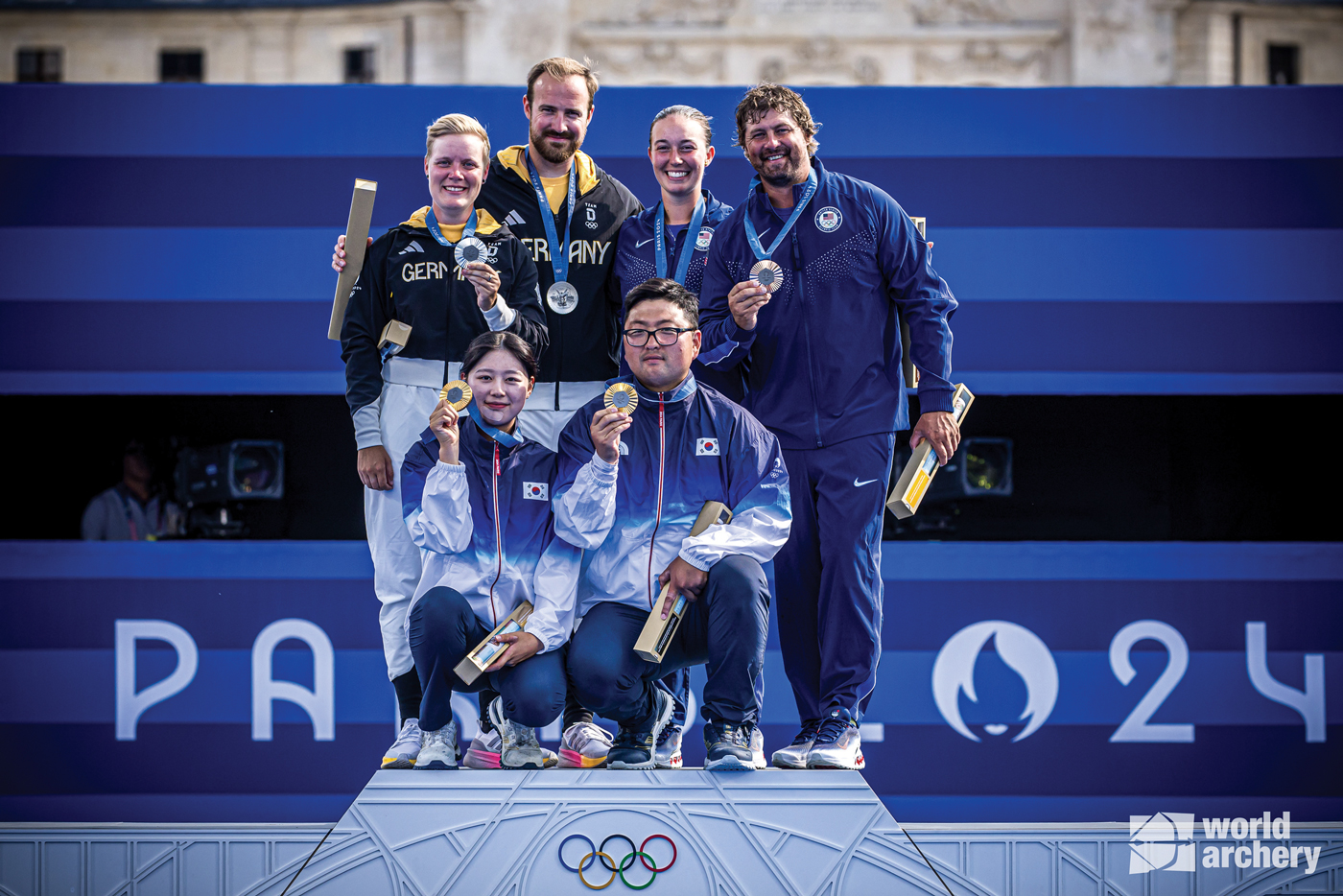
Brady and Casey pose with the silver-medal team from Germany and the gold-medal winners from South Korea. According to Casey, South Korea dominates archery on an international level. World Archery photo
Post Olympics
Casey had little time to celebrate her achievement when she returned home. In late August, she was off to Texas for Nationals. In late September she was tapped to appear at a Luke Bryan Farm Tour concert in the Pittsburgh area. Then, it was off to Washington, D.C., to be reunited with the U.S. Olympic team. The agenda included a visit to the White House (where they would meet the President and receive their Olympic rings), a gala dinner at a local hotel and a day of seminars and workshops. Casey’s schedule also included a trip to College Station in Texas to see friends and then helping with a tournament in Alabama. Now, it’s time to prepare for the indoor season.
For more information about Lancaster Archery Supply, visit lancasterarchery.com.



